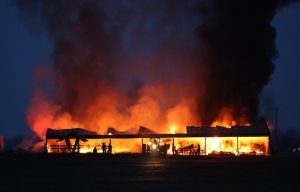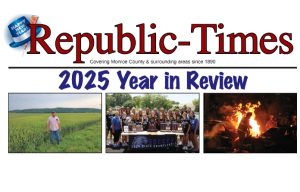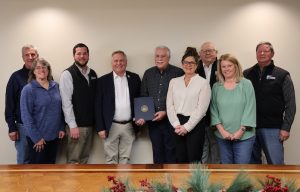CDC offers reopening advice
The Centers for Disease Control and Prevention released six “decision trees” last week aimed at helping decision makers as they look to reopen amid the coronavirus pandemic.
The guidelines cover schools, youth programs and camps, workplaces, restaurants and bars, childcare programs and mass transit.
The agency is expected to release more detailed guidelines in the near future, but these provide a basis for these six areas while providing flexibility for leaders.
“It is important to check with state and local health officials and other partners to determine the most appropriate actions while adjusting to meet the unique needs and circumstances of the local community,” all six decision trees state.
The documents have more in common than not.
Each one contains three questions with advice on each category. The questions are “should you consider opening? Are recommended health and safety actions in place? Is ongoing monitoring in place?”
For the first question, the CDC lists two or three additional questions to consider to answer if a place should consider reopening.
For all six areas, it asks leaders to consider whether reopening is consistent with state and local orders and if the business or organization is ready to protect employees at higher risk.
In the case of schools, youth programs and camps and childcare programs, it adds high-risk children to that list of people to protect. The CDC also advises leaders to consider if they are able to screen children and employees upon arrival at those three services for symptoms and history of exposure.
If the answer to any of those questions is no, the CDC recommends not reopening. If the answer to all those questions is yes, then move on to examining if the recommended health and safety actions are in places.
Those include promoting hygiene practices like hand washing and employees wearing a cloth face covering, intensifying cleaning, disinfecting and ventilating of all facilities, encouraging social distancing and training employees on health and safety protocols.
The social distancing recommendations differ based on the type of location looking to reopen.
Schools, for example, could increase spacing between small groups and limited mixing between classes. Restaurants could promote drive-thru, delivery and take-out options while spacing tables and limiting party size and occupancy.
Child care programs and camps should also adjust activities and procedures to limit sharing of items like toys and supplies, the CDC said. Similarly, workplaces should consider modifying travel and commuting practices, including promoting working from home, especially for employees who do not live in the area.
If any of these recommendations cannot be met, the CDC advises to meet all these safeguards before moving to the next section.
That section focuses on ongoing monitoring.
Each document recommends leaders develop and implement practices to check for signs and symptoms of employees or children upon arrival, encourage anyone who is sick to stay home, plan for if an employee or child gets sick, regularly communicate and monitor developments with local authorities, employees and families, monitor employee and child absences and have flexible leave policies and be ready to consult with local authorities if there are cases at a location or a rise in cases in the area.
The guidelines regarding children and families only apply to schools, youth camps and programs and childcare programs.
In the case of youth camps and programs and childcare programs, the CDC also advises that, if feasible, enhanced screening for children and employees including temperature checks and symptom monitoring be implemented for those who have recently been in areas of high transmission.
If not all of these practices can be employed, the CDC does not recommend a location reopen. If they can all be met, then the CDC said it is OK to open and monitor or, in the case of mass transit, increase service and monitor.






